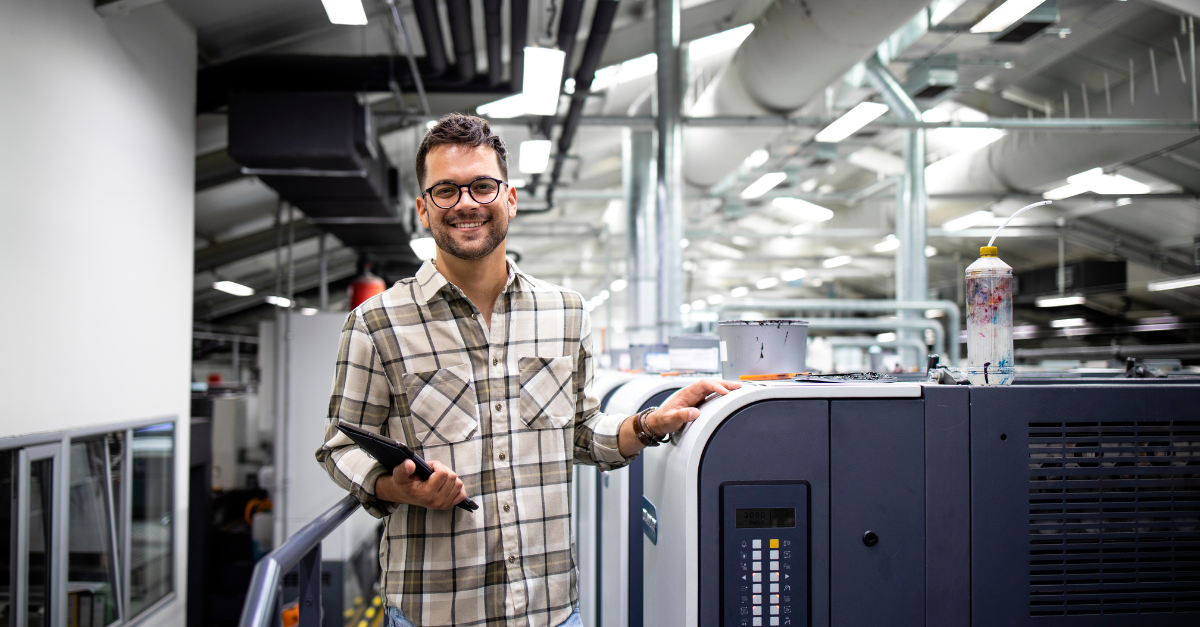Could 3D printed human organs soon be a reality?
3D printing has revolutionised things like prototyping for new products and remanufacturing parts to keep old machinery and vehicles running. As the price of equipment comes down, there’s a burgeoning hobbyist sector developing too.
But what about medical applications? When 3D print technology first started to appear, we were told that it could revolutionise surgery by producing implants and other items, maybe even complete organs. How close are we to this becoming a reality?
The big challenge in creating viable artificial organs is in reproducing the capillary structure. Capillaries are the tiny blood vessels – only a single cell in thickness – that carry blood and nutrients to feed the body’s tissues.
Without mastering capillary structures, it is impossible to create things like kidneys, lungs and hearts. But a San Francisco company, Prellis Biologics, [1] has published a report saying that it is possible to make capillaries such that it could be feasible to produce 3D printed artificial organs within the next five years.
The key to doing this is combining the ‘bioinks’ containing living cells – already used to produce tissue structures to help with certain types of surgery – with a technique that uses infrared light to induce a chemical reaction.
Doing this effectively requires speed, because if it takes too long there is a risk that the living tissue will deteriorate. Prellis’ technology is also able to print inside structures and so create a supporting framework that’s needed to support the organic material around it.
The big advantage of being able to 3D print organs instead of carrying out traditional transplants is that it reduces the chance of rejection by the recipient. The patient’s own cells – taken from blood, skin or bone marrow – can be used in creating the cellular component of bioinks, greatly reducing the risk of sparking a response from the body’s immune system.
Research is proceeding elsewhere too. Researchers at Israel’s Tel Aviv University have produced a miniature heart using bioink made from human tissue [2]. The next step is to make a heart that actually works, although the cells are able to contract, they are not as yet capable of pumping. This can be achieved by the use of ‘bioreactors’ that simulate the biomechanical functions of the body that allow an organ to function. By next year though, they hope to be able to successfully transplant a miniature heart into an animal.
Professor Tal Dvir, the project’s leader has stated in Advance Science that he believes that organ printing will be routine in hospitals around the world within 10 years [3].
The cost of bio-printing is coming down too, with machines now available for under $10,000. However, these are not of a high enough resolution to allow the creation of the capillaries needed to make organs successfully.
Medical research always proceeds slowly, but there are some exciting developments underway. This means jobs and opportunities in both scientific areas and 3D printing technology. It also means that complete 3D printed replacement organs could be much closer than we think.
[1] https://www.prellisbiologics.co/
[2] https://www.telegraph.co.uk/science/2019/04/15/tiny-3d-printed-human-heart-created-scientists-transplant-breakthrough/
[3] https://onlinelibrary.wiley.com/loi/21983844











© 2022 3ecruit all rights reserved | Privacy Policy | Privacy & Cookie Policy | Powered with 🤍 by Shazamme
